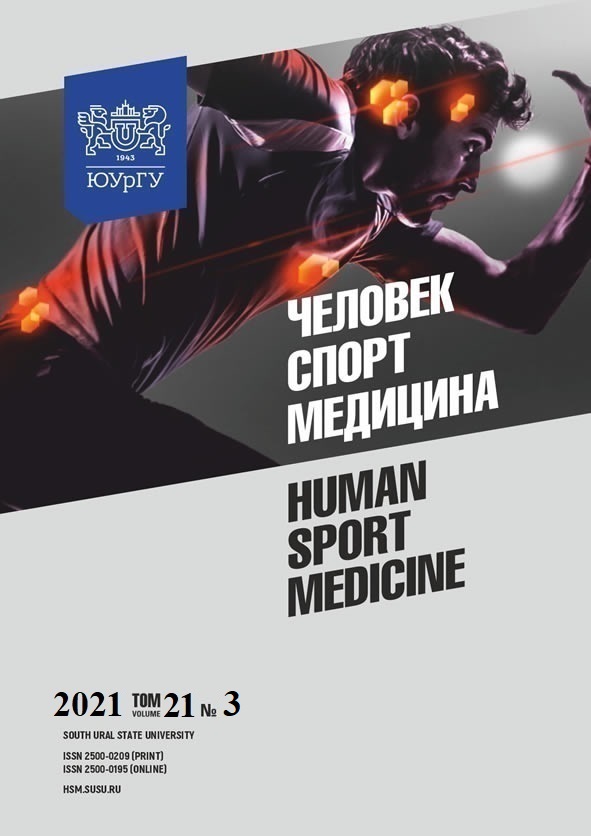ATHLETE SELECTION IN UNDERWATER SWIMMING BASED ON MORPHOLOGICAL AND FUNCTIONAL CHARACTERISTICS
Abstract
Aim. The paper aims to identify the morphological and functional characteristics of short-distance, long-distance, and underwater swimmers. Materials and methods. The study involved underwater swimmers aged from 18 to 25 years (15 males and 15 females). Each athlete is a member of the national team of the Krasnoyarsk Krai and has a sports rank of not less than master of sports. The following methods were used for the study: anthropometric measurements, assessment of morphological and functional indicators, mathematical statistics. Results. Long-distance underwater swimmers corresponded to the second type of physical development in terms of their morphological and functional characteristics (by O. Moskovchenko). These athletes are characterized by an athletic build, above average height and light weight, which allow them to move with less efforts. Short-distance underwater swimmers belonged to the third type of physical development. They have high values of body length and weight, which improve their speed-strength performance. Conclusion. The data obtained can be used as an effective pedagogical tool in underwater swimming. The relationship between swimming distance and morphological and functional characteristics serves as a scientific foundation for training. The dynamics of morphofunctional indicators depending on swimming distance allows to justify the choice of sports discipline, to predict athletic performance and to improve the training process in general.
References
References on translit
Copyright (c) 2021 Human. Sport. Medicine

This work is licensed under a Creative Commons Attribution-NonCommercial-NoDerivatives 4.0 International License.















